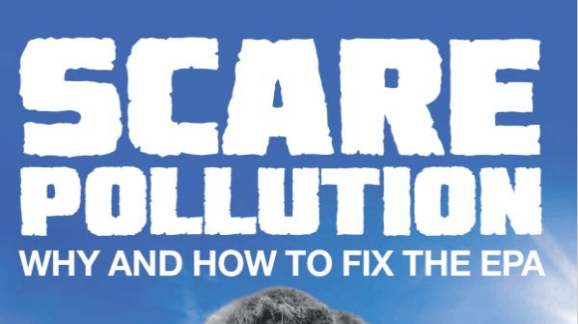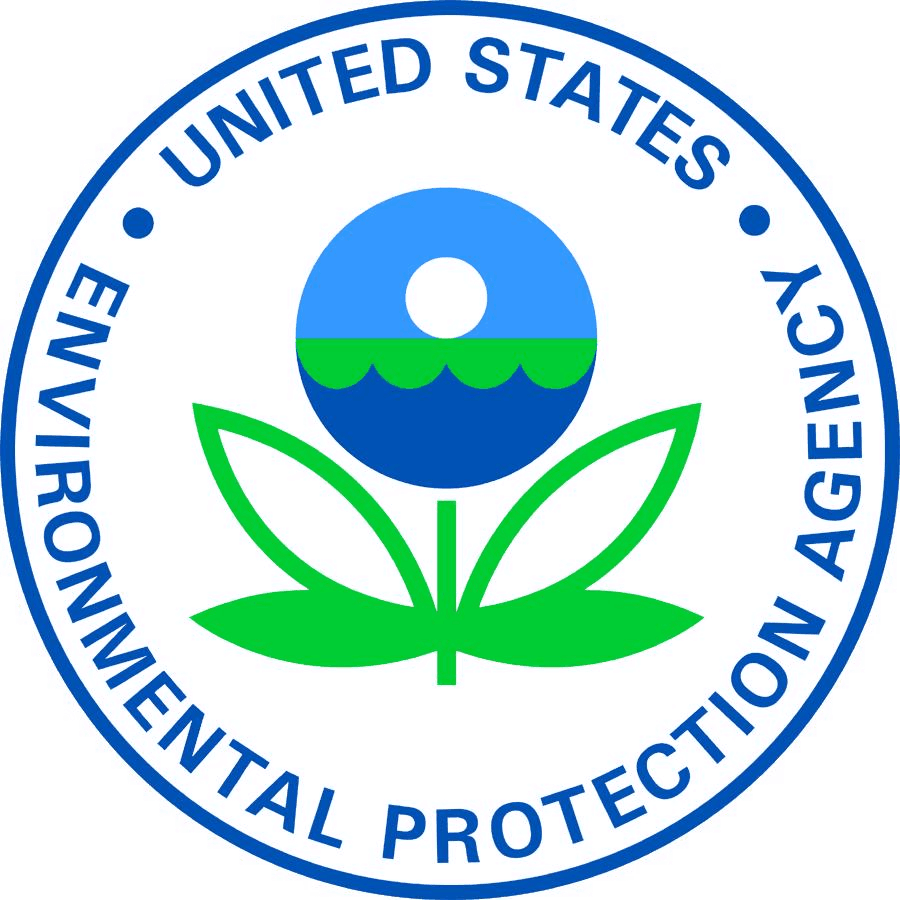Is Particulate Matter Air Pollution as Dangerous as Cancer?

 Yesterday the Competitive Enterprise Institute published Steve Milloy’s new policy brief on the impact of revised federal rules for auto mileage and emissions, “Will the Trump Fuel Economy Reform Proposal Create Deadly Air Pollution?” This reform to the Obama-era policy on corporate average fuel economy standards is one of the current administration’s biggest (de-)regulatory initiatives, so the debate over what effects it’ll have on Americans is particularly important. A general overview of White House regulatory and deregulatory efforts of the past two years is available here from my colleague Wayne Crews, by the way.
Yesterday the Competitive Enterprise Institute published Steve Milloy’s new policy brief on the impact of revised federal rules for auto mileage and emissions, “Will the Trump Fuel Economy Reform Proposal Create Deadly Air Pollution?” This reform to the Obama-era policy on corporate average fuel economy standards is one of the current administration’s biggest (de-)regulatory initiatives, so the debate over what effects it’ll have on Americans is particularly important. A general overview of White House regulatory and deregulatory efforts of the past two years is available here from my colleague Wayne Crews, by the way.
In August 2018 the Environmental Protection Agency and National Highway Traffic Safety Administration announced their plan to partially roll back the mileage and emissions standards for new cars issued under President Obama in 2012. This was a huge step forward that will save around 1,000 lives a year on U.S. highways, or about 12,000 in total by model year 2029. The new rules also have the added bonus of making new cars less expensive than they would have been under the 2012 rules.
But opponents of the new proposal—called the Safe Affordable Fuel Efficient (SAFE) vehicles rule—are claiming that it will also increase deaths from allegedly deadly air pollutants because vehicle emissions under SAFE could be slightly higher than they would have been under the Obama standard. That claim of a big pollution death toll, though based on long-held assumptions about a kind of air pollution known as particulate matter, is an example of junk science, as detailed in Steve’s new OnPoint policy brief.
The Environmental Protection Agency has been regulating particulate matter for decades, and as America’s air has become increasingly cleaner, has been going after tinier and tinier particles. Prior EPA officials have claimed that even even with 21st Century air quality, inhaling particulate matter kills as many as 50,000-60,000 people a year, while Obama-appointed Administrator Lisa Jackson testified before Congress that reducing particulate matter levels sufficiently “would have an identical impact to finding a cure for cancer.” At the time of Jackson’s testimony, the American Cancer Society estimated that cancer caused about 570,000 deaths per year.
But a closer investigation of the available evidence suggests that those numbers are not only way off, but that the extremely tiny particles that constitute fine particulate matter may not kill anyone at all. The two major studies that initially found a correlation between this kind of pollution and early death have findings that are weak and have not been replicated. The EPA’s own Clean Air Scientific Advisory Committee concluded there was insufficient evidence to support the claim that fine particulate matter was associated with death. EPA scientists have also consistently refused to release the underlying data from previous studies to advisory committee members for further analysis.
From epidemiologic studies to clinical studies of humans to animal studies to real-world observations, the full array of evidence strongly suggests that the health threat from fine particulate matter has been massively overstated by previous EPA analysis, if one exists at all. The current administration was right to roll back the fuel economy standards that were causing more vehicle deaths, and the reformed rules will not start making more people sick because of particulate matter in the air.
Read the write-up on the study from The Daily Caller here. If you want to take a deeper dive into the science, pick up Steve’s 2016 book, Scare Pollution: Why and How to Fix the EPA.